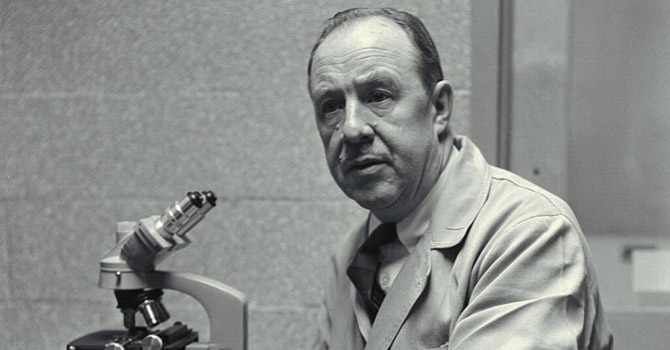
Full Influenza Vaccination Among Children Cuts Hospitalization in Half
New research from Hannah Segaloff
According to a new study from researchers at the University of Michigan, the Clalit Research Institute, and Ben-Gurion University in Israel, fully vaccinating children reduces the risk of hospitalization associated with influenza by 54%.





